Do you know what a celeste (also: celesta) is?
Well, listen first to this song and I'll explain it right afterwards.
Jammin' In Four
It's my latest addition to collection of swing songs including uncommon instruments.
Personnel: Edmond Hall – Clarinet, Charlie Christian – Guitar, Meade “Lux” Lewis – Celeste, Israel Crosby – Bass
What is a Celeste?
The celesta or celeste looks similar to an upright piano (four- or five-octave), or a large wooden music box (three-octave).
The keys connect to hammers that strike a graduated set of metal (usually steel) plates suspended over wooden resonators. Four- or five-octave models usually have a pedal that sustains or dampens the sound. The three-octave instruments do not have a pedal because of their small “table-top” design.
The sound of the celesta is similar to that of the glockenspiel, but with a much softer and more subtle timbre. This quality gave the instrument its name, celeste meaning “heavenly” in French.
Excerpt from Wikipedia (follow the link to read the full article).
Additionally, I found this information by Scott Yanow about Meade “Lux” Lewis and this recording on AllMusic.com:
He became the first jazz pianist to double on celeste (starting in 1936) and was featured on that instrument on a Blue Note quartet date with Edmond Hall and Charlie Christian; he also played harpsichord on a few records in 1941.
 Title: Jammin' In Four
Title: Jammin' In Four
Artist: Edmond Hall Celeste Quartet
Recorded: February 5, 1941
Tempo: 209 bpm
Dance: Balboa, Lindy Hop
You can find all the songs of the series also on my Spotify playlist.
Official hashtag of the series: #djcsotw
Do you like the “Song of the Week” series? Share your thoughts in the comment section below.
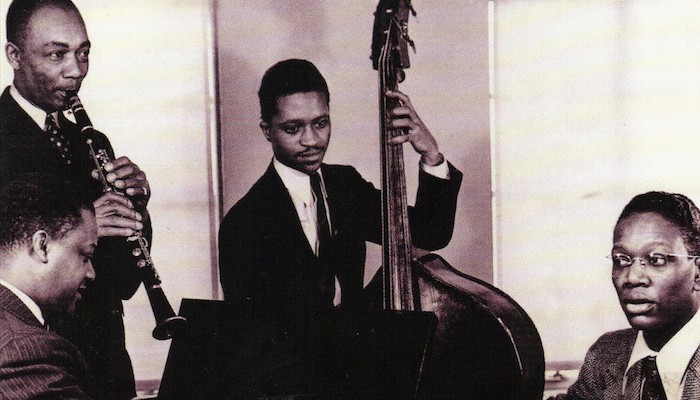

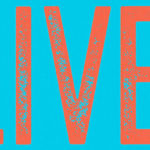
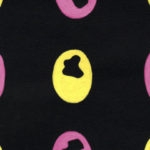
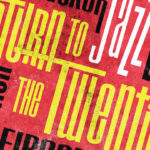

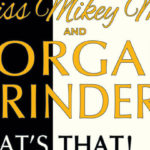
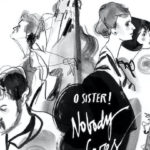
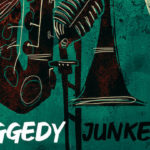

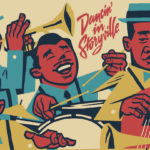

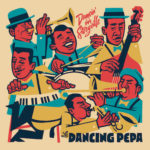

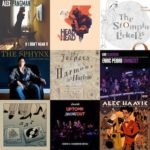

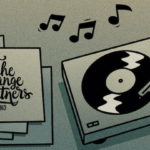
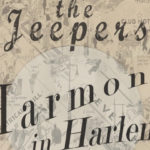
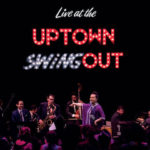



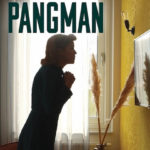

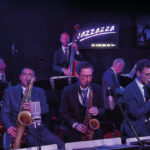
Cool! But a lot of jazz players recorded on celeste earlier:
Martha Boswell, 1932
Irving Brodsky, 1930
Rube Bloom, 1928
Adrian Rollini, 1927
Nat Shillkret, 1925
Hoagy Carmichael, 1929…
and these are just some players I have heard of. It was very widely used in the 1920s.
But I think you are probably right to say that Lewis was the first to really showcase it and use it as the main feature of the song instead of using it as an ornament in an arrangement.
By the way, I didn’t mean that I just knew this from memory. That would be crazy!
I knew Rollini and others had played it and I looked up when. What I meant was that when I looked it up, I ignored a lot of names that I have never heard of.
Yes I know, Adrian. Even in the article on Wikipedia (mentioned above), you find some informations about the use of the celeste in jazz.
I therefore changed the text passage and added the quote from AllMusic.
Great pick for this week! Thanks!
Thank you!